When Sunday afternoon rolls around and Monday looms on the horizon, beat the blues with a hike to Cape D’Aguilar. With its proximity to the city and sweeping sea views this hike above Shek O beach is perfect for beginners and families.
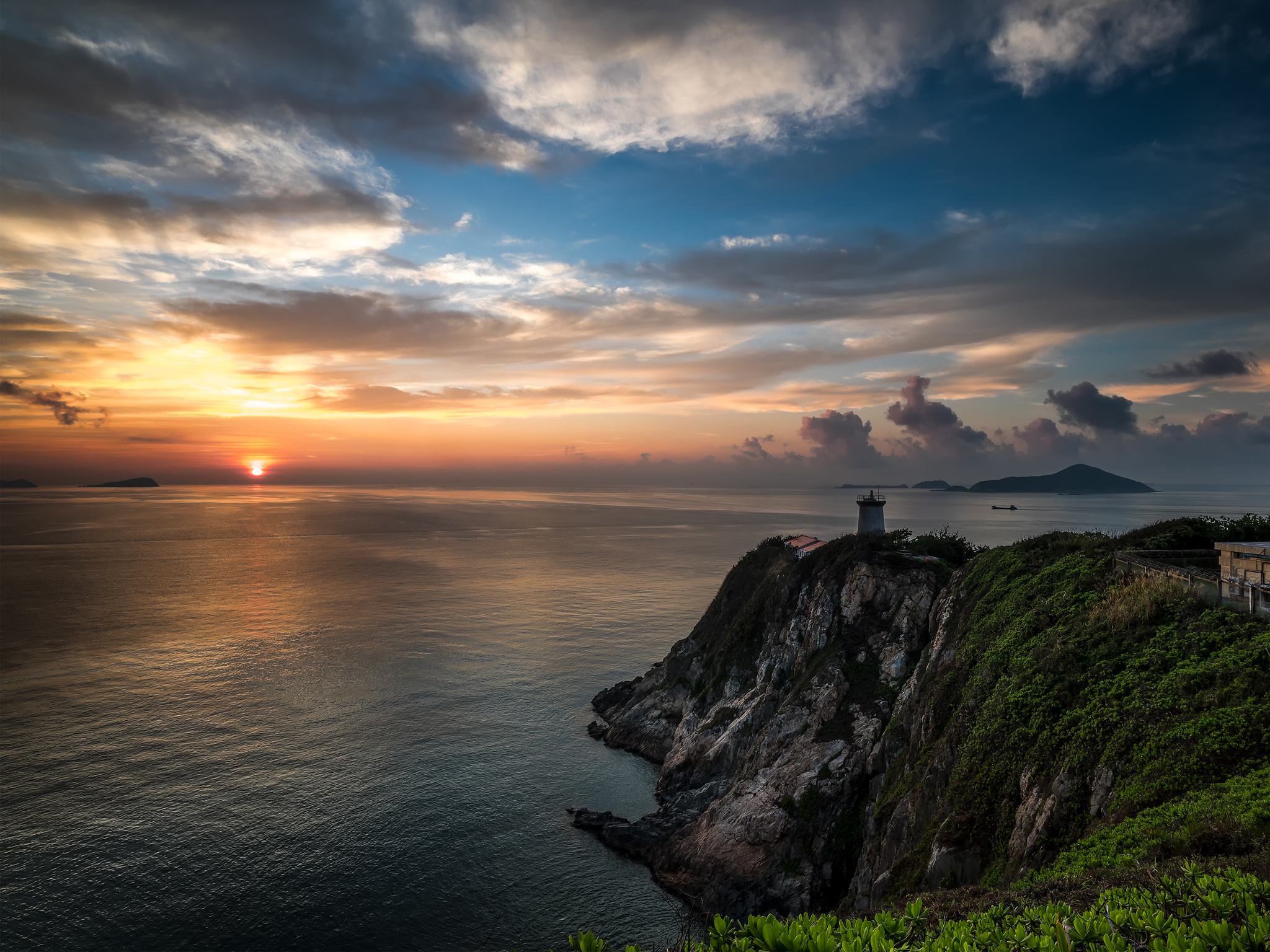
The hike only takes a little over two hours and totals 8km of mostly flat, paved paths. It’s an easy, yet rewarding jaunt that will have you home by dinnertime. There’s rock formations, World War Two relics, a lighthouse and plenty more to see along the way.
How to get to Cape d’Aguilar
To reach Cape D’Aguilar you can either take bus number 9 or the Shek O beach minibus from Shau Kei Wan MTR exit A3.
During weekends there’s also an express bus 9X that goes from Star Ferry or Central Exchange Square. Take note, however, that some buses may skip Cape D’Aguilar and go straight to Shek O beach. Look out for buses going via Cape D’Aguilar.
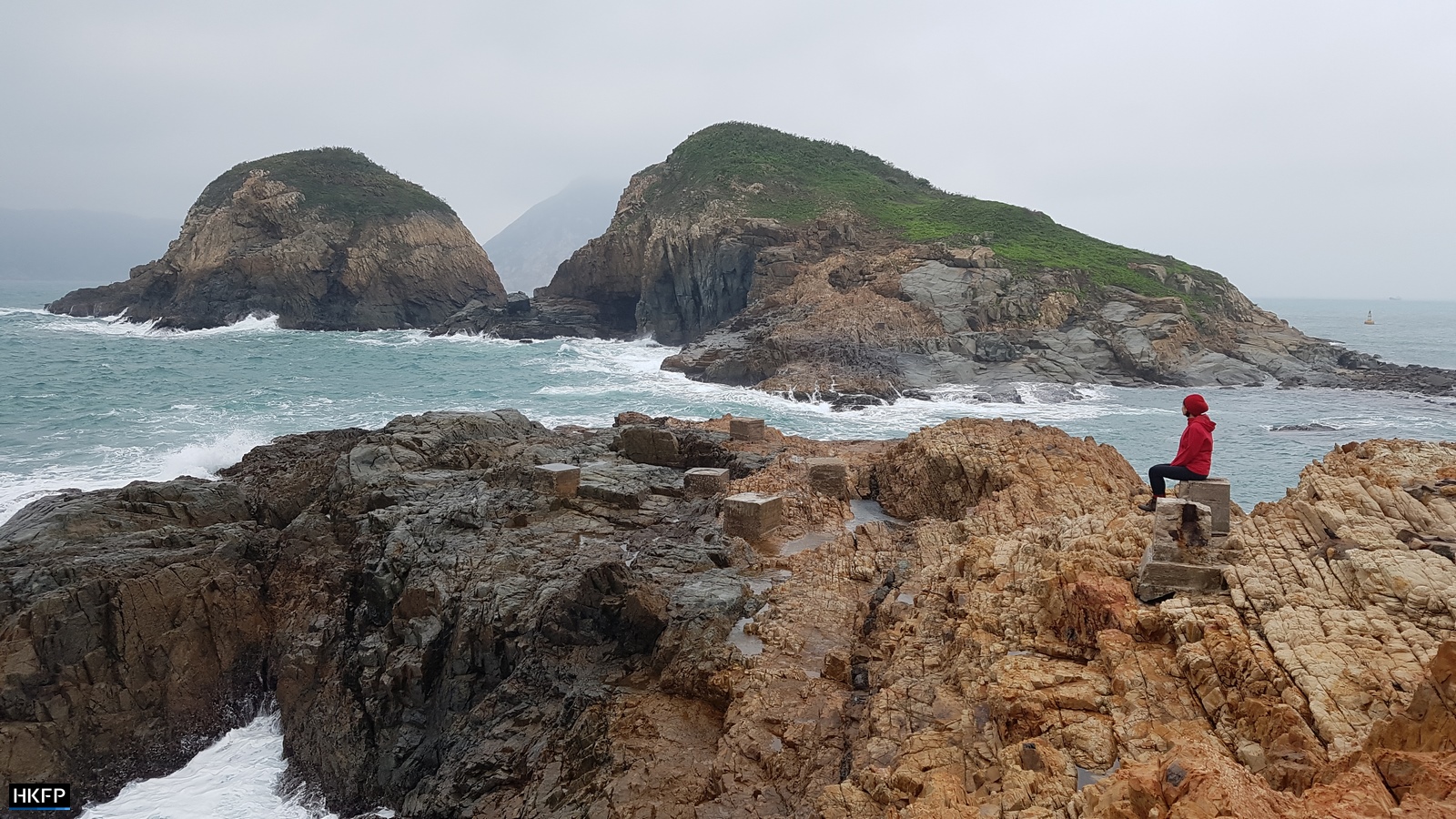
From Cape D’Aguilar bus stop simply walk down Cape D’Aguilar road and take in the views of Stanley and Tai Tam reservoir. After about 2.5kilometers you’ll run into PCCW Cape D’Aguilar HF Radio Transmitting Station. There’s “No trespassing” signs here, so head towards the grassy path on the left. In a few hundred meters you’ll reach an intersection, where you can either go left to the light house or right towards the Cape D’Aguilar Marine Reserve. Head to the Marine Reserve first and come back for the light house later.
A window to the sea
One of six marine parks and reserves in Hong Kong Cape D’Aguilar Marine Reserve is known for its rock formations. The first stop is Thunder cave, which you’ll likely recognise from Instagram. As you walk down towards the sea keep your eyes peeled for a hidden path on the left that leads to a slit between two boulders, like a window to the sea. Stand between the rocks and listen to the waves thunder as they crash against the shore.

From here walk back up to the main path and head towards The University of Hong Kong Swire Institute of Marine Science; it’s a white building that’s easy to spot. Just outside the institute are the bones of Miss Willy, a rather large sea creature. Nobody knows for sure who Miss Willy is. There are two competing stories about who she may be.
According to one story Miss Willy is Hoi Wai, a female orca who performed at Ocean Park for years before her death.
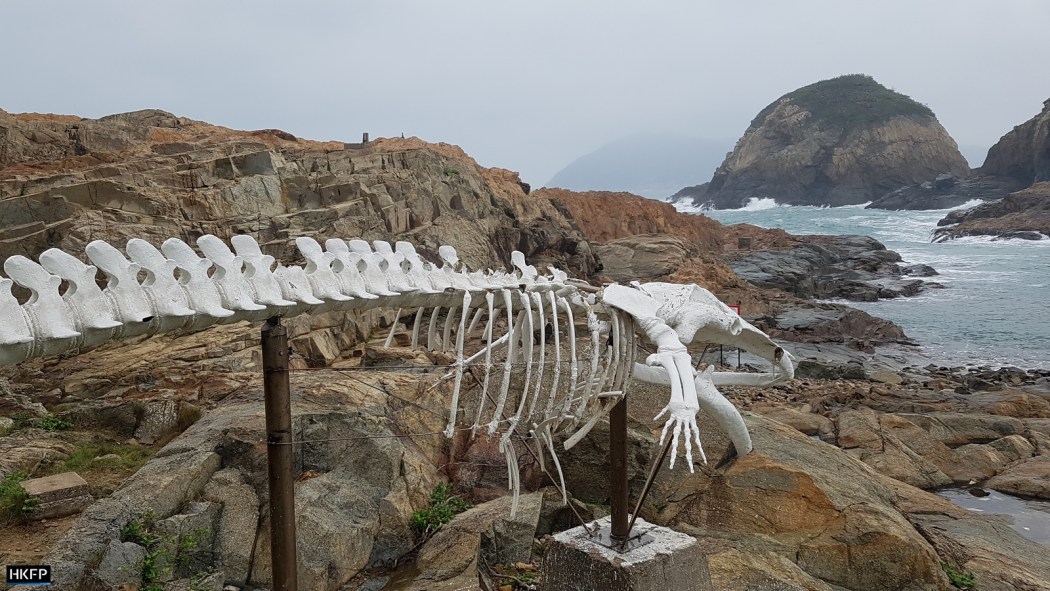
The other story says that Miss Willy was a young Bryde’s whale found stranded between the pillars of a wharf in Victoria Harbour. Though a little tattered by the elements, Miss Willy is worth a visit and often kids’ favourite part of the hike.
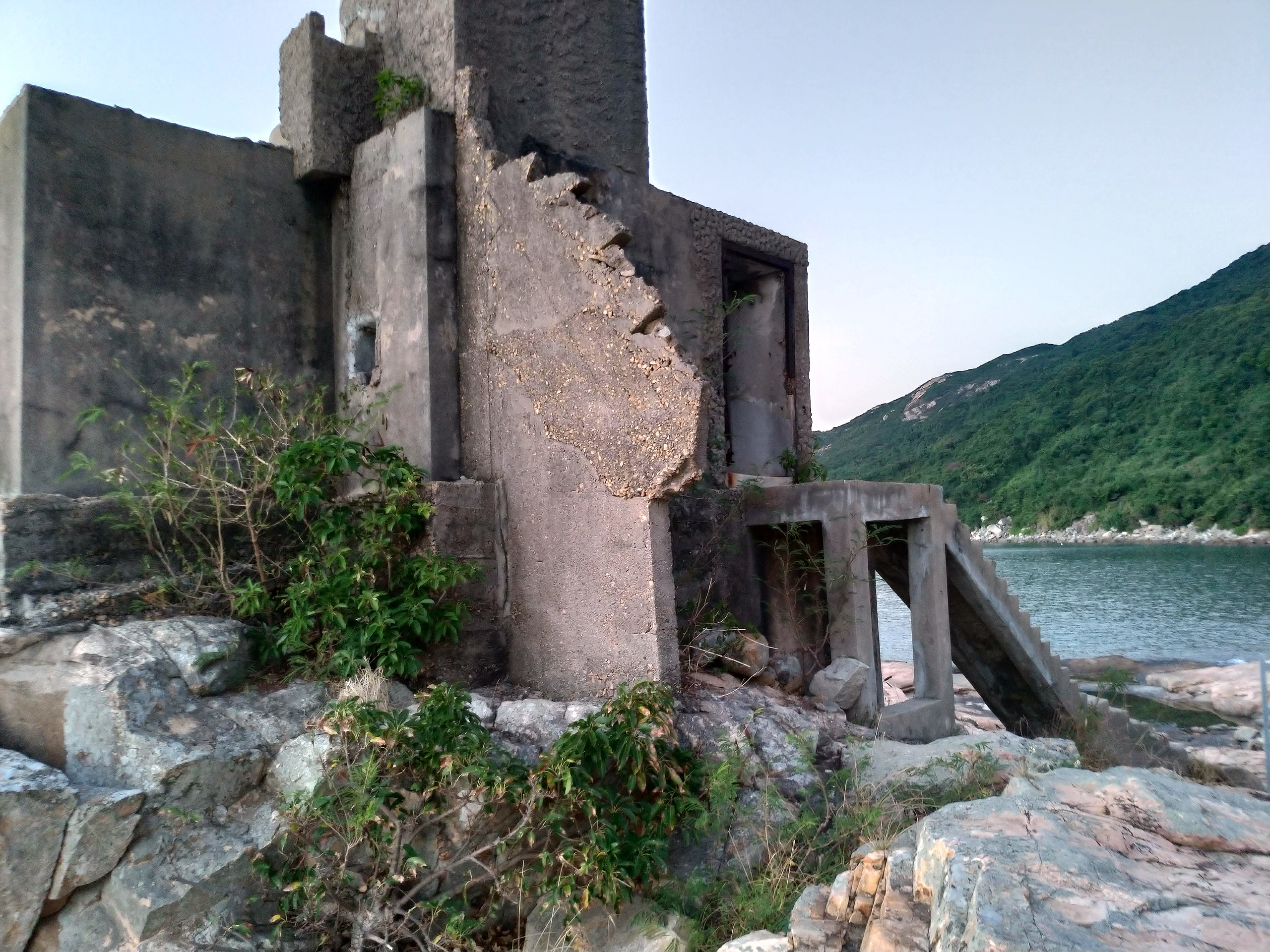
Just behind the Marine Science Institute is another Instagram hotspot. Crab Cave, named after its arched shape, offer great views of the sea. It’s even more beautiful on a moody, stormy day, though be cautious of slippery rocks. Crab Cave is the end point of the hike, but it’s worth exploring around and climbing the rocks at the tip of Cape D’Aguilar.
Lighthouse and batteries
On your way back take a detour to Cape D’Aguilar Lighthouse, also known as Hok Tsui Beacon.

Put into service in 1875 it’s the oldest surviving lighthouse in Hong Kong. In 1975 it was automated and is still working today under the Marine Department. The lighthouse (and the cape) is named after Major-General Sir George Charles D’Aguilar, the Lieutenant Governor of Hong Kong and Commander of the British Forces in Hong Kong from 1843 to 1848.
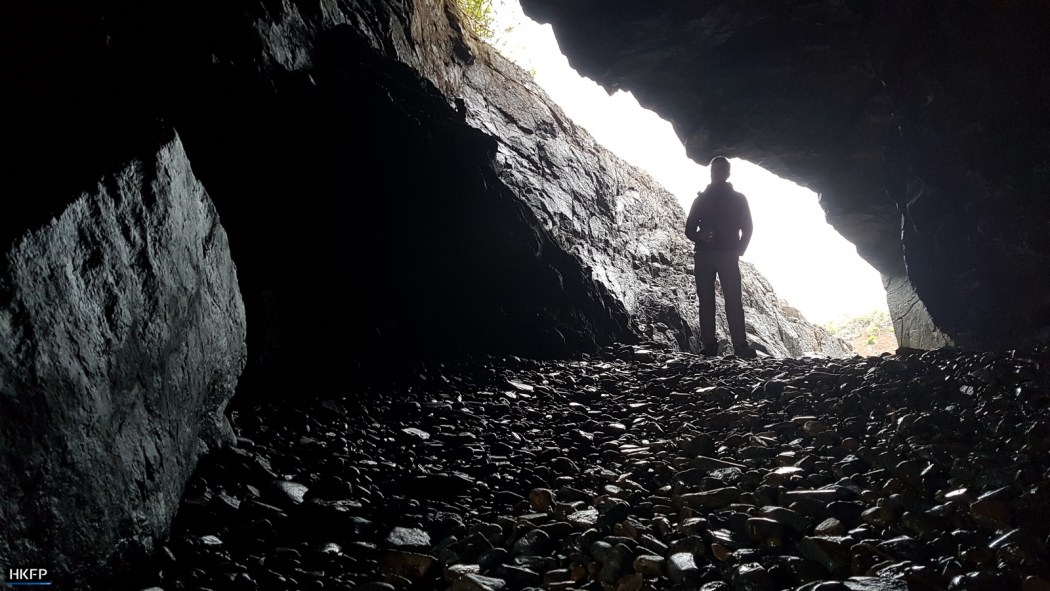
There are also two batteries in Cape D’Aguilar — Bokhara Battery and Cape D’Aguilar Battery. Bokhara Battery is just behind the lighthouse and hard to miss, while Cape D’Aguilar Battery is near Hok Tsui Lower village.

The way to Cape D’Aguilar Battery is steeper and more challenging than the rest of the hike, but well worth a visit. Look out for a hidden trail on the right as you approach Hok Tsui Lower village from Cape D’Aguilar road. Take the steps down and follow ribbons and markers along the way until you reach the shore and see the battery. Cape D’Aguilar battery was built in 1939 and abandoned shortly thereafter in 1941 during the Japanese invasion of Hong Kong in the second World War. It’s now in ruins and partially overgrown with vegetation, but looks positively Indiana Jones-esque against the dramatic backdrop of the sea.
The whole detour is about 1km back and forth, but may take up to thirty minutes since it gets quite steep.
Support HKFP | Policies & Ethics | Error/typo? | Contact Us | Newsletter | Transparency & Annual Report | Apps
Help safeguard press freedom & keep HKFP free for all readers by supporting our team

LATEST FROM HKFP
HKFP has an impartial stance, transparent funding, and balanced coverage guided by an Ethics Code and Corrections Policy.
Support press freedom & help us surpass 1,000 monthly Patrons: 100% independent, governed by an ethics code & not-for-profit.










